- Mind assesses research linking work with stress [Internet]. Mind.org.uk. [cited 2020 Nov 3]. Available from: https://www.mind.org.uk/news-campaigns/news/work-is-biggest-cause-of-stress-in-peoples-lives/#:~:text=Research%20commissioned%20by%20Mind%20has,health%20(17%20per%20cent).
- PricewaterhouseCoopers. PwC’s Global Data and Analytics Survey 2016: Big Decisions [Internet]. PwC. [cited 2020 Nov 4]. Available from: https://www.pwc.com/us/en/services/consulting/analytics/big-decision-survey.html
- Stobierski T. The Advantages of Data-Driven Decision-Making | HBS Online [Internet]. Business Insights - Blog. 2019 [cited 2020 Nov 4]. Available from: https://online.hbs.edu/blog/post/data-driven-decision-making
- Well-Being | Definition of Well-Being by Oxford Dictionary on Lexico.com also meaning of Well-Being [Internet]. Lexico Dictionaries | English. [cited 2020 Nov 4]. Available from: https://www.lexico.com/definition/well_being
- . Oxford University. [cited 2020 Nov 4]. Available from: https://www.socsci.ox.ac.uk/how-to-measure-happiness
- Parker GB, Hyett MP. Measurement of Well-Being in the Workplace: The Development of the Work Well-Being Questionnaire. J Nerv Ment Dis [Internet]. 2011;199(6). Available from: https://journals.lww.com/jonmd/Fulltext/2011/06000/Measurement_of_Well_Being_in_the_Workplace__The.7.aspx
- De Neve J-E, Diener E, Tay L, Xuereb C. The objective benefits of subjective well-being. World Happiness Rep. 2013;
- Popomaronis T. Science Says You Shouldn’t Work More Than This Number of Hours a Week [Internet]. Inc.com. 2016 [cited 2020 Nov 4]. Available from: https://www.inc.com/tom-popomaronis/science-says-you-shouldnt-work-more-than-this-number-of-hours-a-day.html
- Caruso CC, Hitchcock C, Russo JM, Schmit J. Overtime and extended work shifts: recent findings on illnesses, injuries and health behaviors. [Internet]. U.S. Department of Health and Human Services, Public Health Service, Centers for Disease Control and Prevention, National Institute for Occupational Safety and Health; 2004 Apr [cited 2020 Nov 4]. Available from: https://www.cdc.gov/niosh/docs/2004-143/
- Green F. Health effects of job insecurity. IZA World Labor. 2015;
- Pickover E. Zero hours contracts are risking the mental health of young people [Internet]. The Independent. 2017 [cited 2020 Nov 4]. Available from: https://www.independent.co.uk/news/uk/home-news/zero-hour-contracts-mental-health-impact-young-people-study-a7823131.html
- Green F. Health effects of job insecurity. IZA World Labor. 2015;
- Reisel WD, Probst TM, Chia S-L, Maloles CM, König CJ. The effects of job insecurity on job satisfaction, organizational citizenship behavior, deviant behavior, and negative emotions of employees. Int Stud Manag Organ. 2010;40(1):74–91
- Stander MW, Rothmann S. Psychological empowerment, job insecurity and employee engagement. SA J Ind Psychol. 2010;36(1):1–8
- Mosadeghrad AM. Occupational stress and turnover intention: implications for nursing management. Int J Health Policy Manag. 2013 Jul 24;1(2):169–76
- Knabe A, Rätzel S. Scarring or scaring? The psychological impact of past unemployment and future unemployment risk. Economica. 2011;78(310):283–93.
- Nahrgang JD, Morgeson FP, Hofmann DA. Safety at work: A meta-analytic investigation of the link between job demands, job resources, burnout, engagement, and safety outcomes. J Appl Psychol. 2011;96(1):71–94.
- Ton Z. The effect of labor on profitability: The role of quality. Harv Bus Sch Technol Oper Mgt Unit Res Pap. 2009;(09–040).
- Lowe GS. Making the healthy workplace business case and leading change. Graham Lowe Group. 2003 Oct 14;14.
- Abrey M, Smallwood JJ. The effects of unsatisfactory working conditions on productivity in the construction industry. Procedia Eng. 2014;85(2014):3–9.
- The facts on loneliness [Internet]. Campaign to End Loneliness. [cited 2020 Nov 4]. Available from: https://www.campaigntoendloneliness.org/the-facts-on-loneliness/
- Mann A, Harter J. The worldwide employee engagement crisis. Gallup Bus J. 2016;7:1–5.
- Gallup Employee Engagement Center [Internet]. [cited 2020 Nov 4]. Available from: https://q12.gallup.com/
- Technology intensity and homeworking in the UK - Office for National Statistics [Internet]. [cited 2020 Nov 4]. Available from: https://www.ons.gov.uk/employmentandlabourmarket/peopleinwork/employmentandemployeetypes/articles/technologyintensityandhomeworkingintheuk/2020-05-01
- Hickman A. How to Manage the Loneliness and Isolation of Remote Workers [Internet]. Gallup.com. 2019 [cited 2020 Nov 4]. Available from: https://www.gallup.com/workplace/268076/manage-loneliness-isolation-remote-workers.aspx
- Gifford J. CIPD Good Work Index 2020 Summary Report: UK Working Lives Survey [Internet]. 2020 [cited 2020 Nov 4]. Available from: https://www.cipd.co.uk/Images/good-work-index-summary-report-2020-1_tcm18-79211.pdf
- Amabile T, Kramer S. The progress principle: Using small wins to ignite joy, engagement, and creativity at work. Harvard Business Press; 2011.
- Novak D. Here’s the No. 1 reason why employees quit their jobs [Internet]. NBC News. 2019 [cited 2020 Nov 4]. Available from: https://www.nbcnews.com/better/lifestyle/here-s-no-1-reason-why-employees-quit-their-jobs-ncna1020031
- Moss J. Unlocking Happiness at Work: How a Data-driven Happiness Strategy Fuels Purpose, Passion and Performance. Kogan Page Publishers; 2016.
- Presenteeism: 80% of UK employees work when sick [Internet]. Work in Mind. 2019 [cited 2020 Nov 4]. Available from: https://workinmind.org/2019/10/17/presenteeism/.
- Wan HC, Downey LA, Stough C. Understanding non-work presenteeism: Relationships between emotional intelligence, boredom, procrastination and job stress. Emot Intell Res Appl. 2014 Jul 1;65:86–90.
- Amabile T, Kramer S. The progress principle: Using small wins to ignite joy, engagement, and creativity at work. Harvard Business Press; 2011.
- Wells Janelle E., Welty Peachey Jon. Turnover intentions: Do leadership behaviors and satisfaction with the leader matter? Team Perform Manag Int J. 2011 Jan 1;17(1/2):23–40.
- How to Improve Employee Engagement in the Workplace [Internet]. Gallup.com. [cited 2020 Nov 4]. Available from: https://www.gallup.com/workplace/285674/improve-employee-engagement-workplace.aspx
- Adkins A, Rigoni B. Millennials Want Jobs to Be Development Opportunities [Internet]. Gallup.com. 2016 [cited 2020 Nov 4]. Available from: https://www.gallup.com/workplace/236438/millennials-jobs-development-opportunities.aspx
- Gallup Q12® Meta-Analysis [Internet]. 2020 [cited 2020 Nov 4]. (The Relationship Between Engagement at Work and Organizational Outcomes). Available from: https://www.gallup.com/workplace/321725/gallup-q12-meta-analysis-report.aspx
- BITC Workwell FTSE 100 Public Reporting Benchmarking Research Findings [Internet]. Towers Watson; 2012 [cited 2020 Nov 4]. Available from: http://www.slough.gov.uk/downloads/Benchmarking-research-findings.pdf
- The Rise of the Purpose-led Brand [Internet]. Accenture. 2018 [cited 2020 Nov 4]. Available from: https://www.accenture.com/gb-en/company-news-release-strategy-gcpr-2018-uk
- Young V, Bhaumik C. Health and well-being at work: a survey of employers. Dep Work Pensions. 2011;(Research Report no 750):117.
- Simpson E. The rise of ‘presenteeism’ in the workplace. BBC News [Internet]. 2019 Apr 14 [cited 2020 Nov 4]; Available from: https://www.bbc.co.uk/news/business-47911210
- Wilson R. Absenteeism costing average UK business £554 per employee, finds research - Recruitment International [Internet]. 2019 [cited 2020 Nov 4]. Available from: https://www.recruitment-international.co.uk/blog/2016/05/absenteeism-costing-average-uk-business-554-pounds-per-employee-finds-research
- It costs over £30K to replace a staff member [Internet]. HRreview. 2014 [cited 2020 Nov 4]. Available from: https://www.hrreview.co.uk/hr-news/recruitment/it-costs-over-30k-to-replace-a-staff-member/50677
- Improving well-being decreases burnout and turnover [Internet]. consultancy.uk. 2020 [cited 2020 Nov 4]. Available from: https://www.consultancy.uk/news/23404/improving-well-being-decreases-burnout-and-turnover
- Employee Wellbeing Research 2017: The evolution of workplace wellbeing in the UK [Internet]. Reward & Employee Benefits Association: Punter Southall Health & Protection; 2017 [cited 2020 Nov 4]. Available from: https://www.bhf.org.uk/-/media/files/health-at-work/health_at_work_economic_evidence_report_2016.pdf
- Improving well-being decreases burnout and turnover [Internet]. consultancy.uk. 2020 [cited 2020 Nov 4]. Available from: https://www.consultancy.uk/news/23404/improving-well-being-decreases-burnout-and-turnover
- Duhigg C. What Google Learned From Its Quest to Build the Perfect Team - The New York Times [Internet]. 2016 [cited 2020 Nov 4]. Available from: https://www.nytimes.com/2016/02/28/magazine/what-google-learned-from-its-quest-to-build-the-perfect-team.html
- Goetzel RZ, Fabius R, Fabius D, Roemer EC, Thornton N, Kelly RK, et al. The Stock Performance of C. Everett Koop Award Winners Compared With the Standard & Poor’s 500 Index. J Occup Environ Med [Internet]. 2016;58(1). Available from: https://journals.lww.com/joem/Fulltext/2016/01000/The_Stock_Performance_of_C__Everett_Koop_Award.3.aspx
- Orchard C. The Business Benefits of a Healthy Workforce | Executive and Continuing Professional Education | Harvard T.H. Chan School of Public Health [Internet]. 2015 [cited 2020 Nov 4]. Available from: https://www.hsph.harvard.edu/ecpe/the-business-benefits-of-a-healthy-workforce/
- Huang M, Li P, Meschke F, Guthrie JP. Family firms, employee satisfaction, and corporate performance. J Corp Finance. 2015 Oct 1;34:108–27.
- How to Improve Employee Engagement in the Workplace [Internet]. Gallup.com. [cited 2020 Nov 4]. Available from: https://www.gallup.com/workplace/285674/improve-employee-engagement-workplace.aspx
- Moss J. Unlocking Happiness at Work: How a Data-driven Happiness Strategy Fuels Purpose, Passion and Performance. Kogan Page Publishers; 2016
- Bryson A, Forth J, Stokes L. Does worker wellbeing affect workplace performance. Dep Bus Innov Ski Lond UK. 2014;





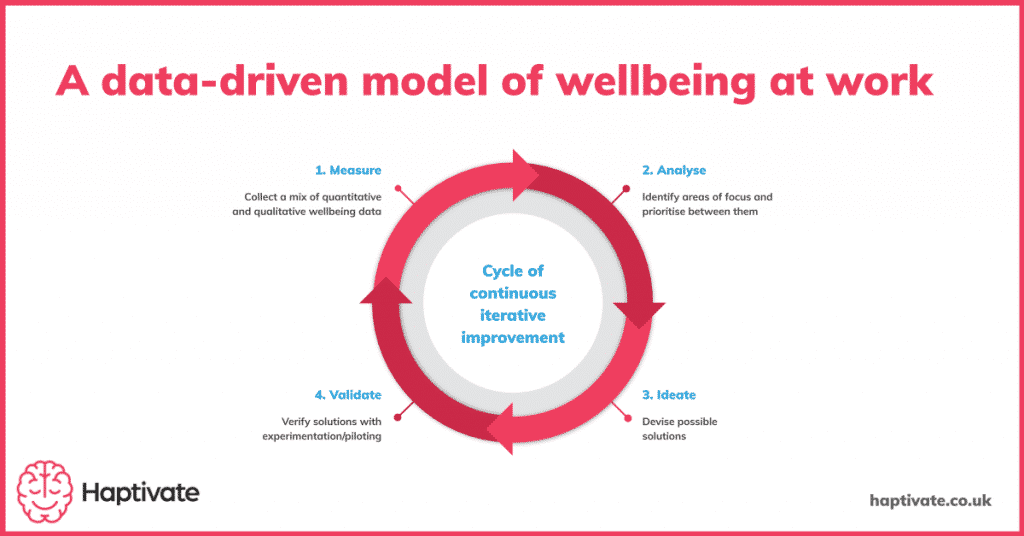
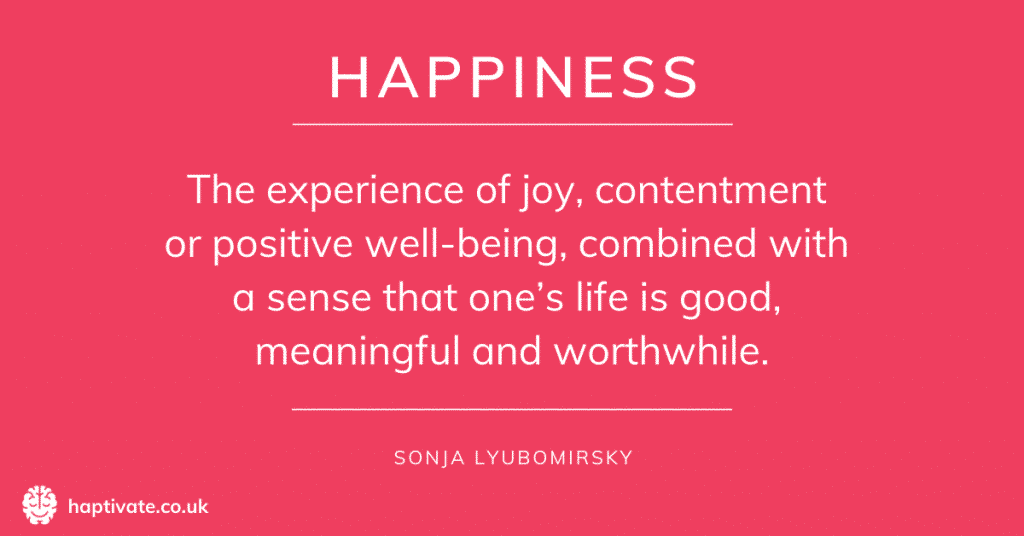

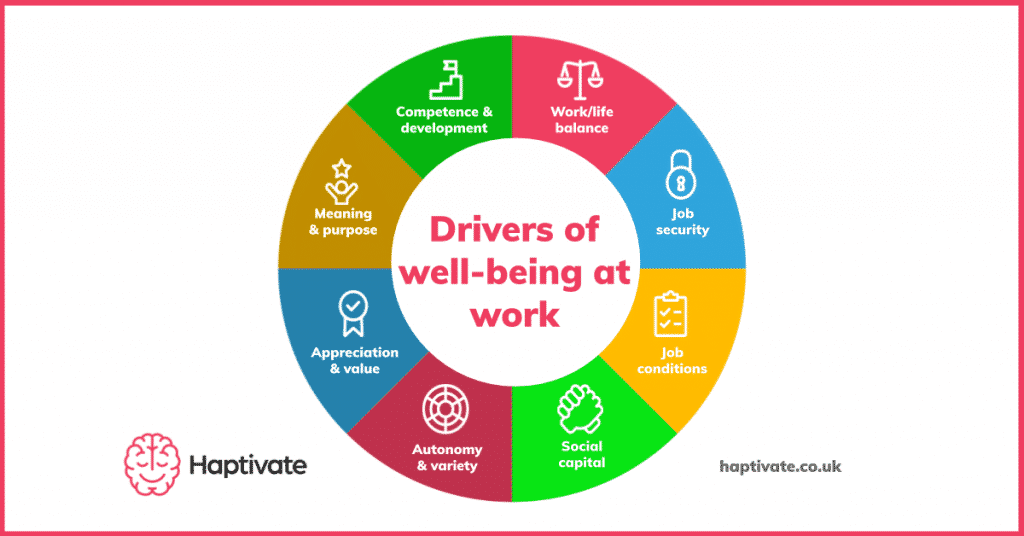

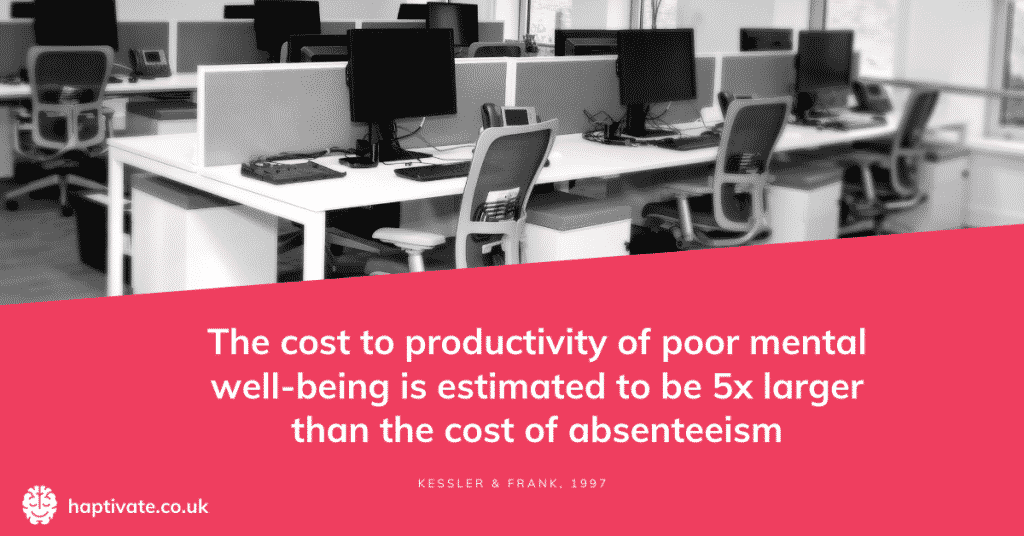

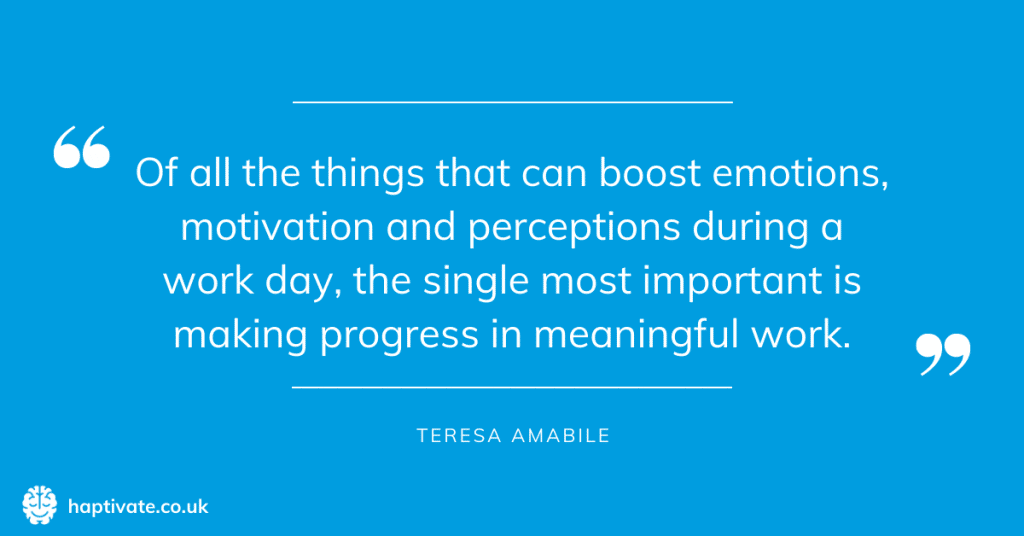

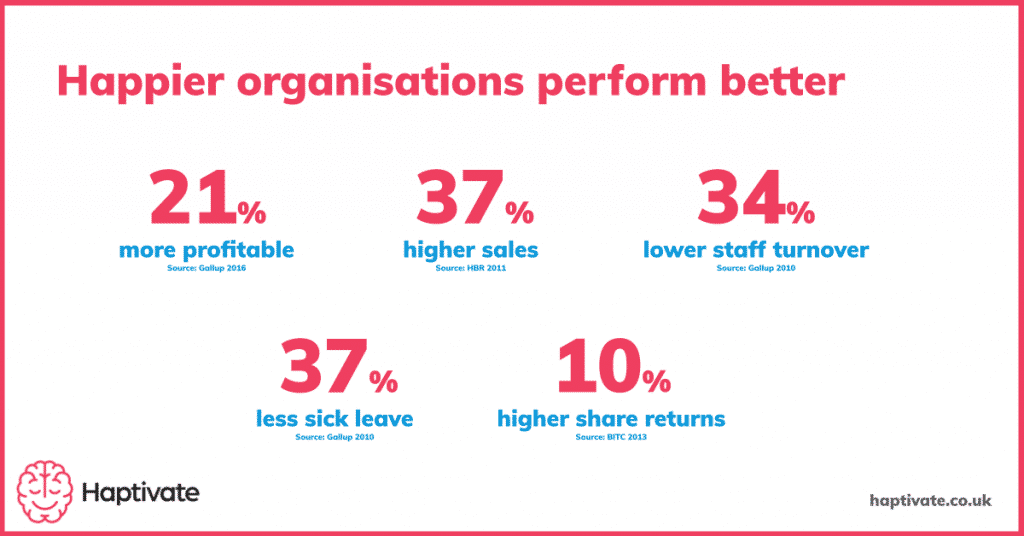
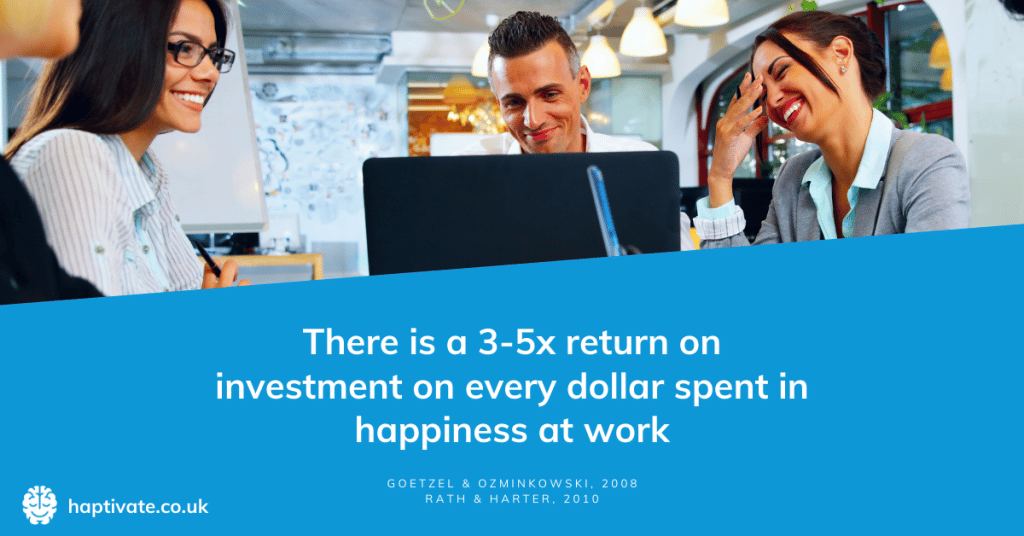


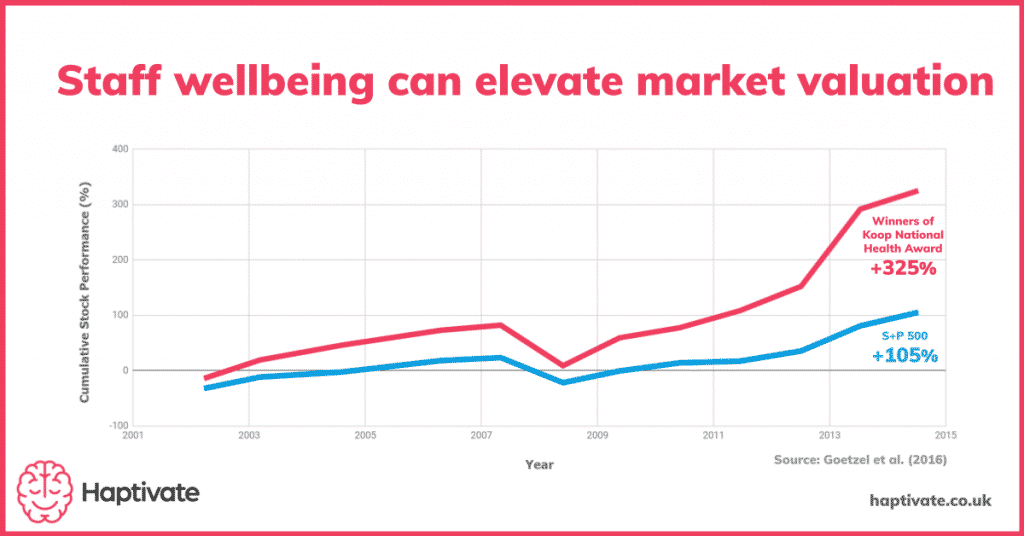
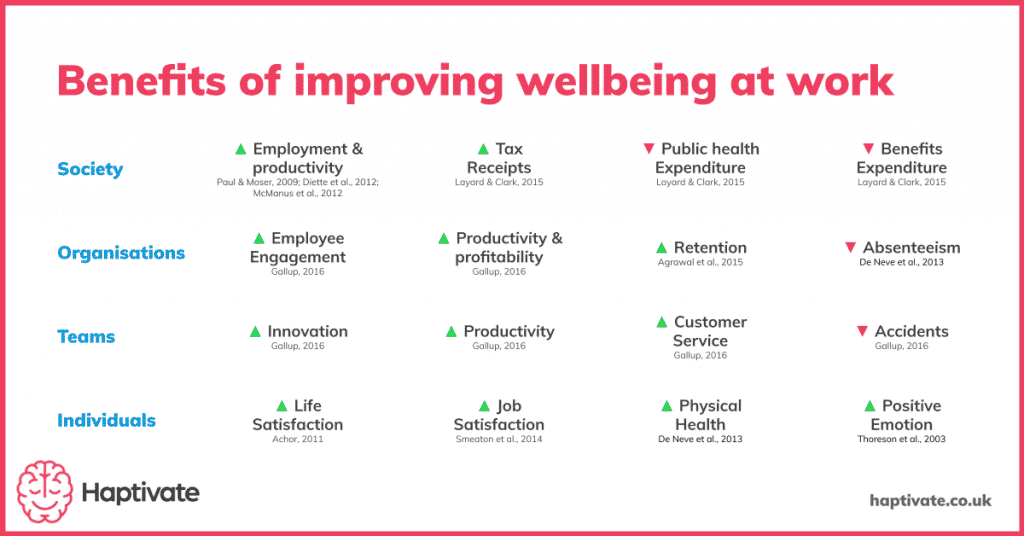
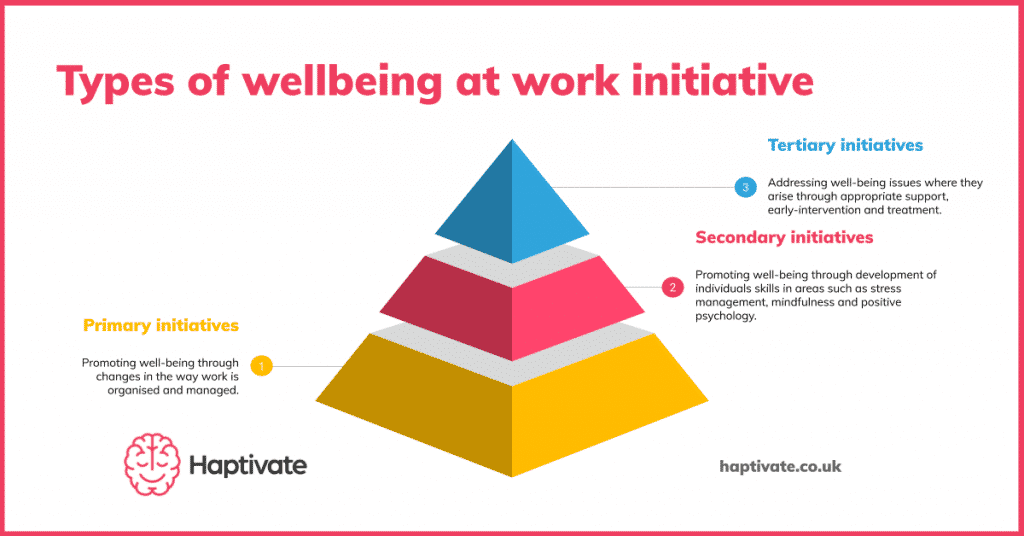









Comments are closed.